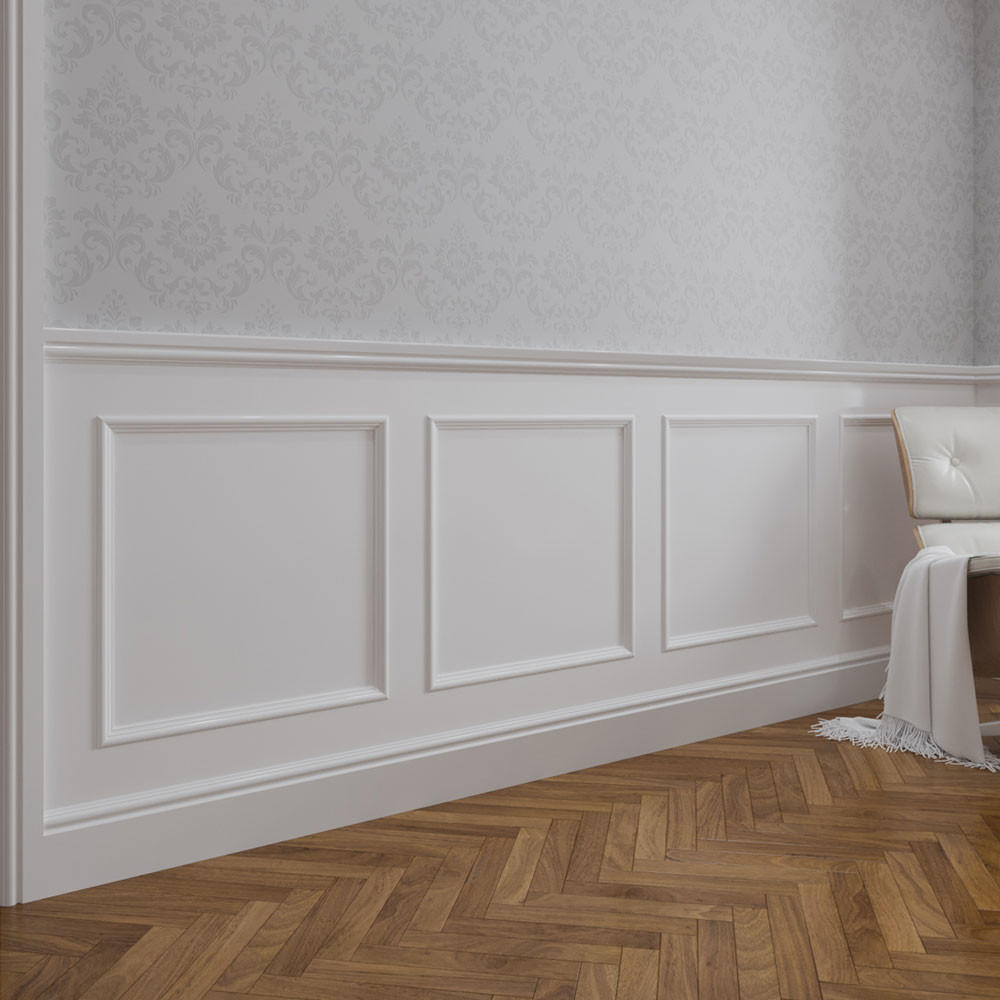
When it comes to interior plan and architecture, the term quot;architrave quot; might not be as unremarkably constituted as quot;crown border quot; or quot;baseboards. quot; However, this essential discipline plays a crucial role in both esthetics and functionality within a space. In this article, we will explore the definition, types, and applications of architrave, along with its historical signification and tips for incorporating it into your plan projects.
What is Architrave?
At its core, an architrave is a decorative border that frames doors, Windows, or openings in a building. It serves both usefulness and esthetic purposes, providing a destroyed look while also protective the edges of the openings. Typically made from materials like wood, MDF, or ployurethan, architrave can come in various styles, ranging from simple and Bodoni font to complex and orthodox.
Types of Architrave
-
Traditional Architrave: This title often features elaborate carvings and work out designs, qualification it a popular selection for classic and time period homes. Traditional mdf skirting can let in embellishments like rosettes and cornices, contributing to a sophisticated look.
-
Modern Architrave: Characterized by clean lines and minimalistic designs, modern font architrave complements contemporary interiors. These are usually wider and flatter, providing a sleek passage between walls and openings.
-
Ovolo and Bead Styles: These are particular profiles often used in human activity settings. The thumb title features a lentiform curve, while bead styles have a fat edge that adds texture to the frame.
-
Plinth Architrave: This type is usually establish in junction with baseboards and is designed to be more robust, providing a fresh visual ground for the room.
Historical Significance
The architrave has a rich chronicle that dates back to ancient computer architecture, especially in Greek and Roman buildings. Originally, it was a morphologic element that supernatant the load of the upper sections of a structure, often seen in serious music columns. Over time, as study styles evolved, so did the run of the architrave, shift from a strictly structural element to a cosmetic boast that enhances the overall aesthetic of a space.
Incorporating Architrave in Your Space
When considering architrave for your plan visualise, there are several factors to keep in mind:
-
Proportion and Scale: The size of the architrave should be in harmony with the dimensions of the doors and windows it frames. A larger architrave can create a more dramatic effectuate, while a narrower profile may suit smaller openings better.
-
Style Consistency: Choose an architrave title that complements the overall design theme of your space. For illustrate, a modern home might profit from slick, space profiles, while a traditional quad may be increased by flowery designs.
-
Material Choice: Different materials can involve the look and feel of the architrave. Wood provides a classic warmth, while MDF can volunteer a more single visual aspect and can be pied to match any color scheme.
-
Installation Considerations: Proper installing is key to achieving a refined look. If you 39;re not full-fledged in DIY projects, hiring a professional person can control that the architrave is fitted correctly and looks unseamed.
Conclusion
In sum-up, architrave is an often-overlooked bailiwick that adds both style and work to a quad. By sympathy its types, existent linguistic context, and design applications, you can make well-read decisions that raise your interiors, bringing a sense of completion and to your home. Whether you opt for orthodox or Bodoni designs, incorporating architrave into your spaces will beyond any doubt couc them beautifully.